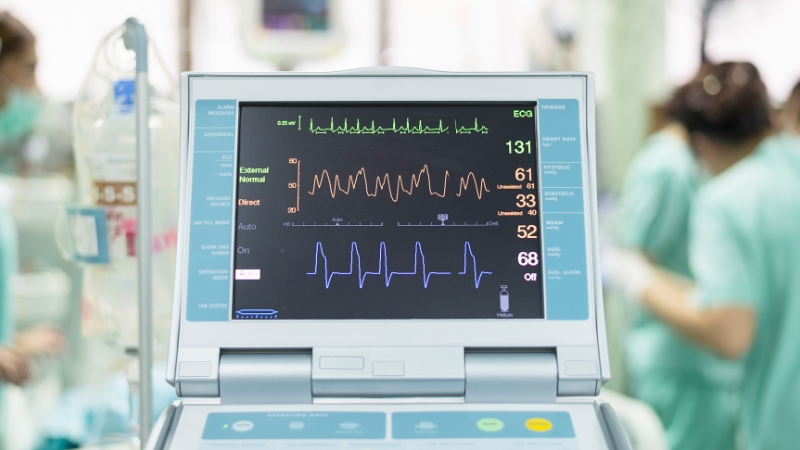Transfer to Critical Care Units, if necessary" Ensuring Timely Access to Specialized Emergency Interventions."

At our hospital, we place a high priority on the safe and efficient transfer of patients to specialist critical care environments when it becomes essential. Our services are intended to handle complex health demands in critical care units through coordinated transfers, ongoing monitoring, and expert care since we recognize the critical nature of some medical disorders. This section will go over the importance of transfers to critical care units, the conditions they treat, possible concerns, and the unique qualities that set us apart as a dependable and trustworthy supplier of first-rate emergency medical services with an emphasis on comprehensive critical care.
Understanding Critical Care Transfer:
In the medical field, moving patients to critical care units is essential to guaranteeing that those with serious or life-threatening illnesses receive urgent, specialist treatment. When patients need specific interventions, enhanced monitoring, or a higher degree of care than what is typically provided in medical wards, this process is started.
Why Transfer to Critical Care Units is Essential:
- Intensive Monitoring: Modern monitoring equipment in critical care units enables medical professionals to keep a careful eye on vital signs, organ function, and other crucial metrics.
- Specialized Interventions: Critical care environments provide specialized treatments, procedures, and interventions that are necessary for patients in critical condition. These therapies include hemodynamic support, mechanical breathing, and continuous renal replacement therapy.
- Multidisciplinary Team Expertise: A multidisciplinary team of medical specialists, including intensivists, respiratory therapists, pharmacists, and critical care nurses, work together in critical care units to offer comprehensive and specialized care.
- Timely Response to Changes: Critical care units are built to react quickly to any decline in a patient's health, enabling prompt modifications to treatments and treatment regimens.
Possible Risks:
For patients in serious condition, the transfer to critical care is necessary, although it is not without risk. There are potential risks associated with transfers, such as increased patient stress, difficulties related to the transport process, and medical errors. To reduce these hazards, healthcare teams use established procedures and communication techniques.
Key Steps in the Transfer Process:
- Medical Evaluation: To ascertain whether critical care assistance is required and to gauge the severity of the patient's condition, a comprehensive medical evaluation is performed.
- Stabilization: In order to keep patients as safe as feasible during the process, they are stabilized as much as possible prior to transfer.
- Communication: The transmitting and receiving healthcare teams establish clear and efficient communication in order to guarantee a seamless transition and transfer of important medical data.
- Transport Logistics: To maximize patient safety, the transfer's logistics—including the means of transportation and the availability of staff and equipment—are meticulously organized.
Patient transfers to critical care units are handled with the utmost care and effort at our hospital. When someone is transported to one of our critical care units, they will receive the best care possible thanks to our dedication to patient safety, state-of-the-art medical equipment, and a knowledgeable staff of critical care specialists. Please do not hesitate to contact us if you have any more inquiries or need more details about our critical care services. Our first priorities are your health and wellbeing.
Top Asked Questions and Answers:
FAQ (Frequently Asked Questions):
+91-9144411108
Emergency Cases

